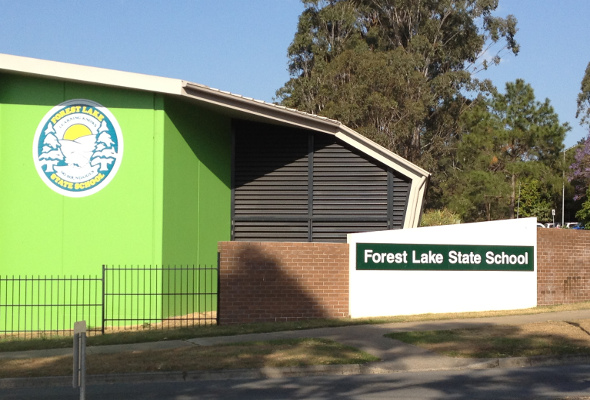
Queensland primary schools to thrive under change
Opinions vary on the benefits of moving grade seven from primary to high school
The Queensland Government announced in 2011 that shifting grade seven from primary to high school would cost $620 million. Debate has since risen on whether these changes will be worth the money.
The Government says it is to bring Queensland in line with other states. Others suggest the money could be used more effectively elsewhere.
John Faragher, principal of eight years at Forest Lake State School, believes there will be positive benefits.
“With the changes that are happening nationally like the new curriculum it brings our kids far more into line with what’s happening around the country. I think the positives far outweigh the negatives. With full time prep there are eight full years of schooling which is complex to manage. Administratively it means I can distribute myself a bit more amongst all the levels. I think there is a balance now.”
Mr Faragher says he is still unaware of the exact policies that will be implemented but is not concerned with any potential costs to the school.
“We don’t think at a primary level it will be a cost issue. We’ve got the facilities and resources for the size we have. The impact (on primary schools) is not that great financially. We know there will be less dollars with a smaller student population.”
However not all are convinced it is a good change.
Dr Eileen Honan is a senior lecturer in English and Literacy Education at the University of Queensland. Dr Honan has worked as a primary school teacher in Queensland and sees no reason as to why the change is necessary.
“There are no benefits of students starting high school one year earlier.”
Something the Government would be well aware of is recent NAPLAN results and school rankings that suggest Queensland lags behind other states and has done so since NAPLANs introduction.
Dr Honan does not believe these results should be a factor and suggests that the money could be used more effectively in other areas.
“When it comes to NAPLAN results, there is very little difference statistically between the ‘first’ and ‘last’. The NAPLAN results provide an indicative snapshot of student achievement on a limited range of literacy skills. These results should not be used to contribute to the competitive agenda set up by our federalist system of governance.
The results could be more productively used to direct funding to schools where parental background, socioeconomic indicators, linguistic and cultural heritage impact on student achievement.”
Despite believing the move will be positive, Mr Faragher knows there will need to be some changes to the current system.
“What we don’t what to see happen is a huge hit in our funding to accommodate high schools. For it to work there will have to be staff willing to move into secondary. We will [also] have to relocate staff to secondary. I don’t think you can recruit a bunch of new secondary teachers from scratch.
The big issues that schools have at the moment is the fact that one group of kids that will be leaving from grade six to seven will be missing out on that senior year they thought they’d have in 2014. What schools have to do is make sure that we are providing them opportunities in their final year here in year six to experience things like student leadership and making sure they have a graduation process.”
Trials of the shift have already taken place in selected country schools in preparation for every grade seven class in Queensland to be a part of high school by 2015.
Listen to the full interview with John Faragher below.
